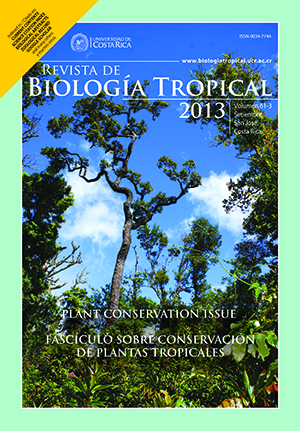Abstract
The use of probiotics has gained acceptance in aquaculture, particularly in maintaining water quality and enhancing growth in organisms. This study analyzed the effect of the commercial (EMTM, Japan) natural product composed by (Rhodopseudomonas palustris, Lactobacillus plantarum, Lactobacillus casei and Saccharomyces cerevisiae) added to the water, in order to determine its effect in water quality, sediment and growth of L. vannamei under intensive culture. The evaluation included three treatments with a weekly addition of EM: i) tanks without probiotics (C), ii) tanks with a dose of 4L/ha (EM1) and iii) tanks with a dose of 10L/ha (EM2). The treatment C was carried out three times, while treatments EM1 and EM2 were carried out four times. A total of 4 350 shrimps were measured for total length and weight, to calculate total and porcentual weight gain, daily weight gain, specific growth rate (TCE), and food conversion factor (FCA); besides, the survival rate was estimated. The use of probiotics allowed a shorter harvest time in treatments EM1 (90d) and EM2 (105d) with relation to the treatment C (120d). Treatments EM1 and EM2 were within the recommended intervals for culture, with respect to treatment C. The use of probiotic bacteria significantly regulated pH (EM1, 8.03±0.33; EM2, 7.77±0.22; C, 9.08±0.35) and reduced nitrate concentration (EM1, 0.64±0.25mg/L; EM2, 0.39±0.26mg/L; C, 0.71mg/L). Water pH mostly explained the variance with respect to the treatments. Treatment EM2 presented the greatest removal of organic matter (1.77±0.45%), whereas the contents of extractable phosphorus increased significantly in treatment EM1 with 21.6±7.99mg/kg and in treatment EM2 with 21.6±8.45mg/kg with control relation (14.3±5.47). The shrimp growth was influenced by dissolved oxygen, salinity and pH in the sediment, establishing that salinity was the most important variable in the weight with a negative association. Treatment EM1 recorded an improved TCE (2.69±0.35%/d) and FCA (1.46±0.20) with relation to the control treatment (TCE, 1.88±0.25%/d; FCA, 2.13±0.48). Survival was significantly greater in treatments containing probiotics with 61±8.76% and 60±10.5% for EM1 and EM2, respectively. This study indicated the positive effect obtained with the use of this commercial probiotic, to improve culture conditions and growth parameters in an intensive culture of L. vannamei.##plugins.facebook.comentarios##
Downloads
Download data is not yet available.


